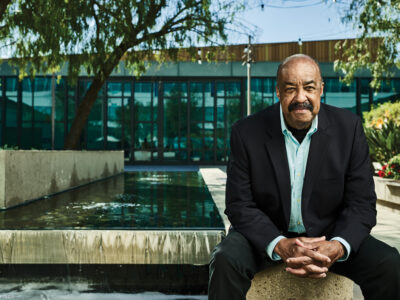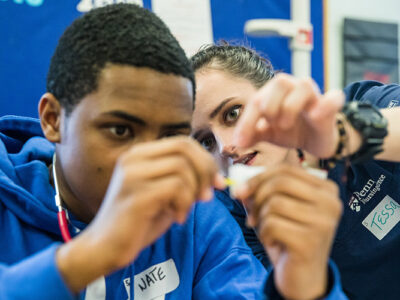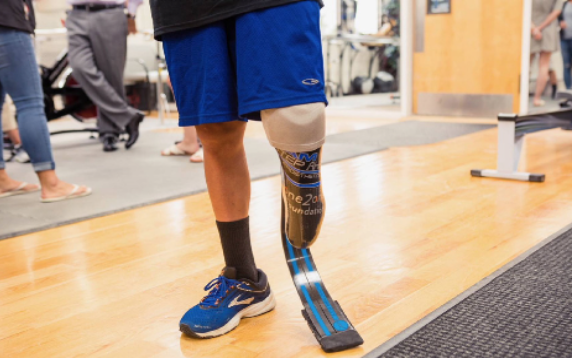It’s an enviable problem, but a problem nonetheless: how can you give money to a charity with some assurance that its impact will be both significant and measurable?
A few years ago, a group of Wharton alumni, frustrated by the difficulty of measuring and maximizing the impact of their philanthropic efforts, were looking for a solution. Their frustration gave birth to the Center for High Impact Philanthropy (CHIP), based in the School for Social Policy and Practice (SP2).
CHIP’s stated goal is to “increase the effectiveness of the philanthropic marketplace so that capital flows to where it can achieve the greatest social impact.”
The recent disaster in Haiti sparked numerous posts on CHIP’s blog, whose self-explanatory titles include: “Haiti: Getting It There Without Getting in the Way,” “Haiti: How Can I Help?” and “Haiti: ‘Cutting Through the Noise’—Effective donor help during the immediate relief phase.” All provide contact links to the most appropriate and effective organizations.
“The devastation in Haiti has been matched with an outpouring of generosity,” said Katherina Rosqueta WG’01, CHIP’s executive director. “We are working to make sure those dollars and good intentions actually result in impact—both now and for the longer term.”
On the whole, CHIP’s focus is “less about a particular organization or a particular activity,” said Rosqueta in an interview last June with Big Think. “It’s about whether or not you’ve given the money in such a way that you can actually have some confidence that it’s going to make the change in the world that you want. That change can be having another student at risk of dropping out actually being able to graduate on time, or it can be getting an existing cost-effective drug for malaria to a child in time that you save that person’s life.”
CHIP recently put together a guide—“High Impact Philanthropy in the Downturn”—that will enable donors to make the greatest difference helping those suffering in the current shaky economy. It lists opportunities for gifts to prevent foreclosures, “sustain access to primary and preventive healthcare,” and “ensure access to food.”
SP2 Dean Richard Gelles stresses the importance of CHIP’s evidence-based approach. “Good intentions and generosity are not sufficient in [social policy and] practice,” he says, “and they ought not to be in philanthropy.”
—S.H.




